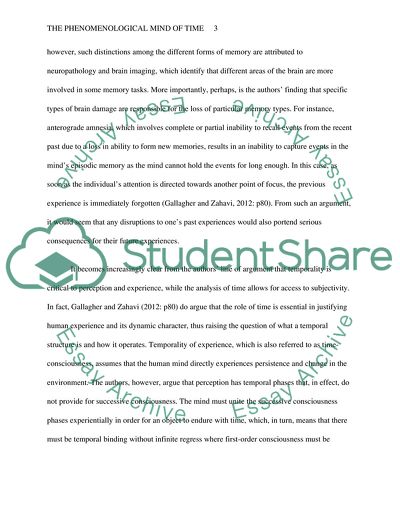Cite this document
(Gallaghers and Zahavis Discussion in The Phenomenological Mind of Time Book Report/Review, n.d.)
Gallaghers and Zahavis Discussion in The Phenomenological Mind of Time Book Report/Review. https://studentshare.org/philosophy/1856130-evaluate-gallaghers-and-zahavis-discussion-in-the-phenomenological-mind-of-time
Gallaghers and Zahavis Discussion in The Phenomenological Mind of Time Book Report/Review. https://studentshare.org/philosophy/1856130-evaluate-gallaghers-and-zahavis-discussion-in-the-phenomenological-mind-of-time
(Gallaghers and Zahavis Discussion in The Phenomenological Mind of Time Book Report/Review)
Gallaghers and Zahavis Discussion in The Phenomenological Mind of Time Book Report/Review. https://studentshare.org/philosophy/1856130-evaluate-gallaghers-and-zahavis-discussion-in-the-phenomenological-mind-of-time.
Gallaghers and Zahavis Discussion in The Phenomenological Mind of Time Book Report/Review. https://studentshare.org/philosophy/1856130-evaluate-gallaghers-and-zahavis-discussion-in-the-phenomenological-mind-of-time.
“Gallaghers and Zahavis Discussion in The Phenomenological Mind of Time Book Report/Review”. https://studentshare.org/philosophy/1856130-evaluate-gallaghers-and-zahavis-discussion-in-the-phenomenological-mind-of-time.


